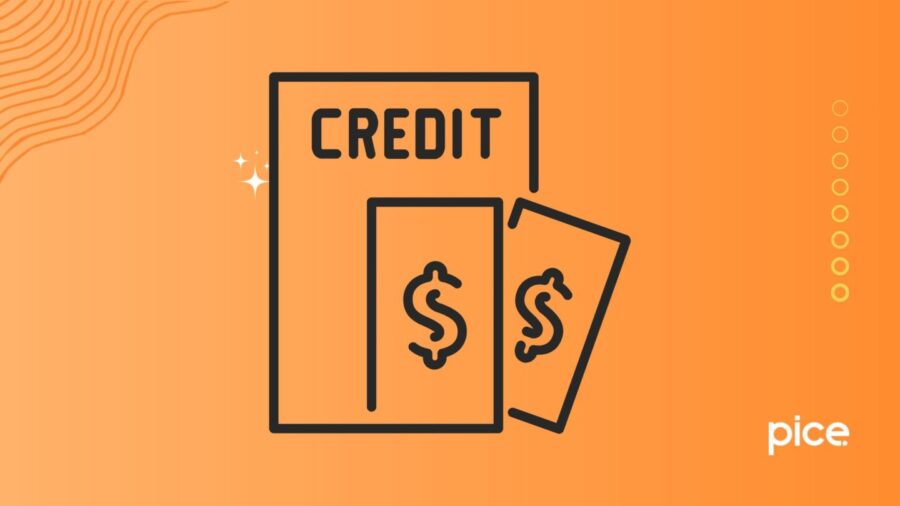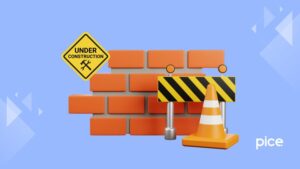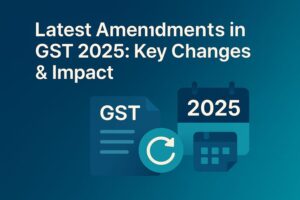Credit Note in GST
- 6 Sep 24
- 9 mins

Credit Note in GST
- What Is a Credit Note in GST?
- When Is a Credit Note in GST Issued?
- Credit Note Format
- Steps to Create a Credit Note
- Procedure for Issuing a Credit Note in GST
- Time Limit to Issue a Credit Note
- An Example of Credit Note
- How to Adjust Tax Liability in Case of Credit Note in GST?
- Difference Between Debit Note and Credit Note
- The Bottom Line
Key Takeaways
- A credit note in GST is a financial document issued by a supplier to correct overcharges or discrepancies in the original invoice.
- It helps reduce the supplier’s GST liability without the need for processing refunds, thus simplifying tax returns.
- Credit notes can be issued in various situations, such as product returns, invoice errors, or post-sale discounts.
- The credit note must be issued by the supplier before 30th September of the following financial year or before filing the annual GST return, whichever comes first.
- Credit notes play a crucial role in maintaining accurate financial records and improving seller-buyer relations in GST transactions.
A credit note or a credit memo is a mandatory financial document in the Indian financial landscape. As per the CGST Act 2017 Section 34 (1), only registered taxpayers can issue credit notes to buyers. A credit note in GST helps to reconcile errors that may occur during bulk invoicing. The credit note issuance reduces suppliers’ GST liability in returns without going through the monotonous task of processing refunds. This blog points out the significance of credit notes in GST. Scroll down to learn more!
What Is a Credit Note in GST?
When the overall cost of supplying goods or services, that is mentioned in tax invoices becomes higher than the actual chargeable rate, sellers furnish credit notes to buyers. It reflects that customers are entitled to a credit due to return of goods, cancellation, errors in invoices, quality disputes and any other reason.
A credit note replaces the necessity of processing refunds. It acts as an acknowledgement allowing buyers to purchase products later without paying for them.
When Is a Credit Note in GST Issued?
Several circumstances in businesses can lead to the issuance of credit notes. Here are some of the scenarios that require credit notes:
- If customers return products due to quality issues, damaged goods receipt, service rejection and more
- When the value paid by customers is more than what is mentioned in invoices
- Cancellation of pending payments against receipts
- In order to offer a post-sale discount to customers
- Less quantity received by buyers
Suppliers should meet the following conditions to issue a credit note:
- The credit note should include the original invoice number that was issued earlier by the supplier
- A credit must comprise all particulars as mentioned in the CGST Act, 2017
- The recipient can request a deduction in the Input Tax Credit claim if he/she has applied for the same in the original tax invoice
- If needed, a taxpayer can create a consolidated credit note for multiple invoices
- A credit note can not be processed if the annual return has been filed for the FY when the invoice was issued
- If the original invoice was from the last fiscal year, suppliers must issue a credit note on or before September of the current financial year
Please note: suppliers must submit details of monthly issued credit notes in the monthly return filing of GSTR-1 for the respective month. In addition, vendors can amend credit notes that have been generated earlier. However, dealers should do the same in form GSTR-1 of that individual month. These reciprocated details will automatically draft in GSTR-2A and GSTR-2B.
💡 If you want to pay your GST with Credit Card, then download Pice Business Payment App. Pice is the one stop app for all paying all your business expenses.
Furthermore, GST-registered dealers must upload all issued credit notes along with B2B supply invoices and debit notes to the Invoice Registration Portal (IRP) for e-invoicing. Suppliers must include the original invoice number in the credit note. Vendors must also note that since the B2C supplies are for unregistered persons or consumers, the lack of buyers’ GSTIN makes it impossible to process credit/debit notes for B2C deliveries.
Credit Note Format
Under the GST provision, credit notes hardly have a prescribed format. However, a credit note must comprise the following elements:
- Name and address of business along with the GSTIN of the registered person
- Type of document, whether it is a debit or credit note
- A one-of-a-kind serial number maximum of 16 characters
- Document issuance date
- Serial number and date of corresponding invoice or bill of supply
- The taxable supply cost of goods or services, rate of tax levied and the amount of credited tax to buyers
- Business name, address and GSTIN of registered recipients
- Signature of an authorised signatory or the supplier
Please note: The unique serial number can be alphabetic, numeric, or alphanumeric and can also include special characters.
Steps to Create a Credit Note
Suppliers can create a credit note using Microsoft Word, Excel or any other invoice creation applications. Simply follow the steps below:
Step 1: First determine the reason behind making this credit note.
Step 2: Verify whether you tick all conditions to tailor a credit note against a particular invoice, including time limit and type of supply.
Step 3: Select a template and update your business logo.
Step 4: Save the document using a unique credit note serial number.
Step 5: Include original invoice details along with the description, value and quality of the respective goods.
Step 6: Calculate the difference between the charged value of goods or services and the one mentioned invoice to find the accurate credit amount.
Step 7: Clearly mention the reason behind issuing this note.
Step 8: Make two copies of this note. Keep one to yourself and give the other one to the recipient.
Step 9: Once done, ensure to make the required changes to your tax returns and pay the applicable additional charges, if needed.
Procedure for Issuing a Credit Note in GST
Following is the procedure to issue a credit note in GST:
- Registered taxpayers sell goods to GST-registered buyers using tax receipts.
- Buyers observed some quality issues and processed a return of these supplied goods with a debit note.
- Suppliers acknowledge the problem and issue credit notes to buyers.
Time Limit to Issue a Credit Note

According to GST norms, there is no particular time limit to issue credit notes/ debit notes. Suppliers must make the declaration on or before:
- 30th September of the succeeding year
- Date of filing annual returns for the concerned fiscal year
An Example of Credit Note
Here is an example of a credit note to help you understand better:
Let’s assume, a seller processed a supply of goods or services worth ₹20,000 to a registered taxpayer. However, later it came under notice that the seller overcharged ₹2,000 as per GST provisions. To rectify the error, the supplier issued a credit note of ₹2,000. Since a credit note requests a debit adjustment in the buyer’s account, it is subtracted from his/ her tax liability.
How to Adjust Tax Liability in Case of Credit Note in GST?
Suppliers file GSTR-3B to declare the summary of GST liabilities for a particular tax period. Since the form of GSTR-3B does not include a separate title to mention credit notes. It is defined as a deduction from the total taxable value and tax liability. Only receipts of net taxation are uploaded under the “Details of Outward Supplies and Inward Supplies Liable to Reverse Charge” section in the GSTR-3B form.
Difference Between Debit Note and Credit Note
Here is a comparative table denoting certain differences between credit notes and debit notes:
| Particulars | Debit Note | Credit Note |
| Issuance authority | Buyer of goods and services | Seller of goods and services |
| Meaning | A debit note holds the reasons for returning a purchased good. | A credit note is an acknowledgement slip for accepting the return |
| Issuing event | Issued in respect of credit purchase from the buyer’s side | Issued at the time of credit sales |
| Written ink | A debit note is written using blue ink. | A credit note is penned using red ink. |
| Effect | It lessens account receivables for sellers. | It reduces account payables in the record of buyers. |
The Bottom Line
Summing up, a credit note in GST serves as a convenient way to return a particular amount to buyers for a paid invoice. Not only does it save suppliers from the tedious task of processing a refund, but also keeps track of accurate records. The advantages of credit notes are manifold, from improved cash flow to efficient management of inventory to strong seller-buyer relationships. GST-registered suppliers are advised to keep a record of credit notes of a specific fiscal year for 72 days after filing the annual return of that particular financial year.
 By
By 

















